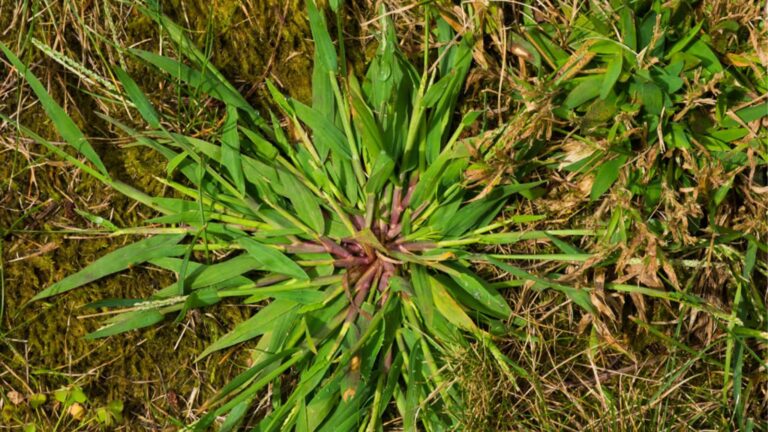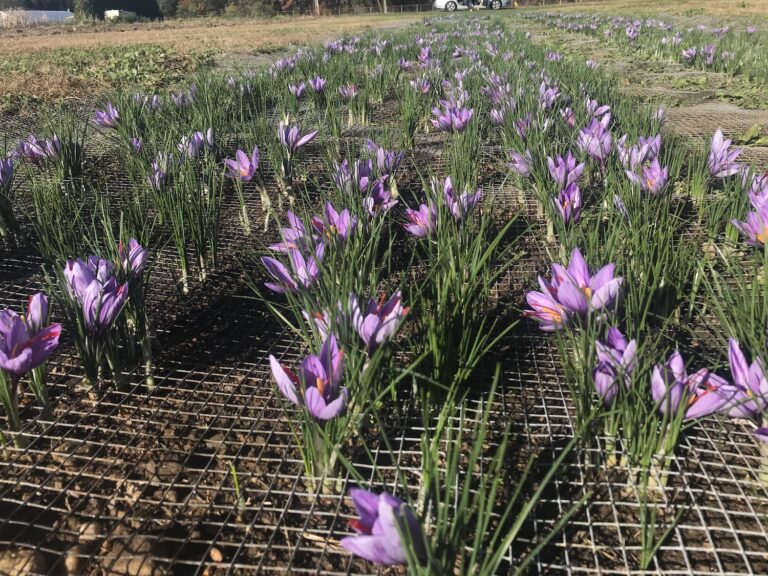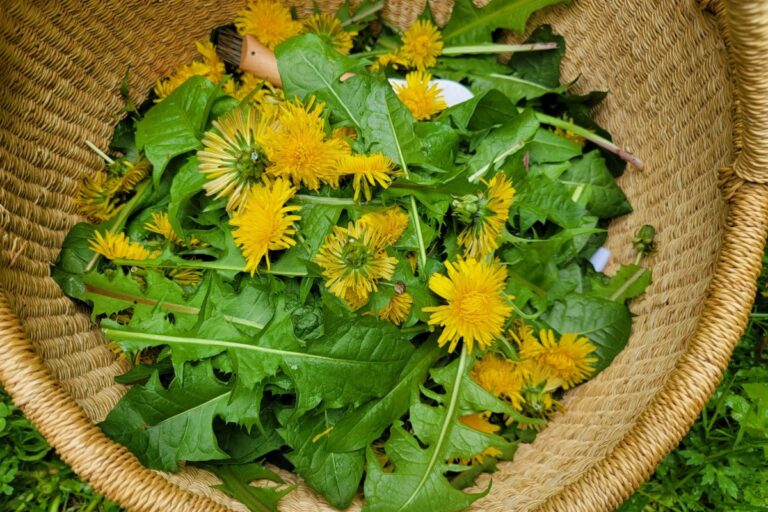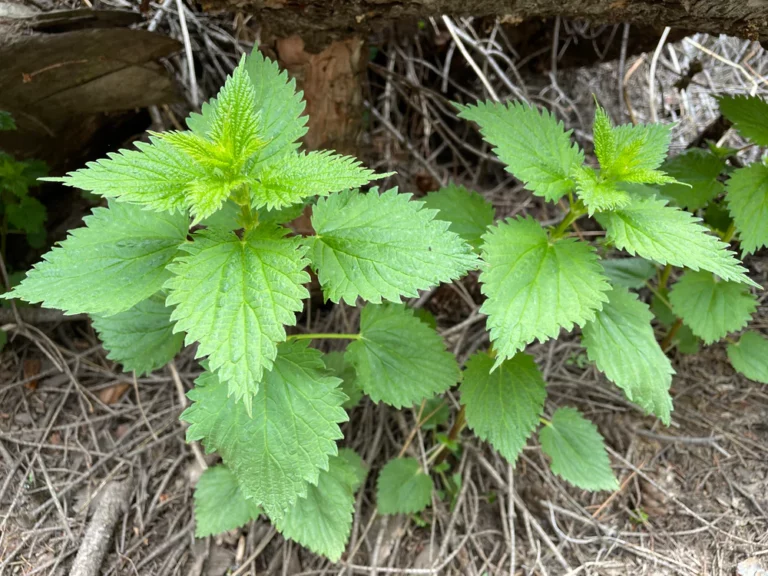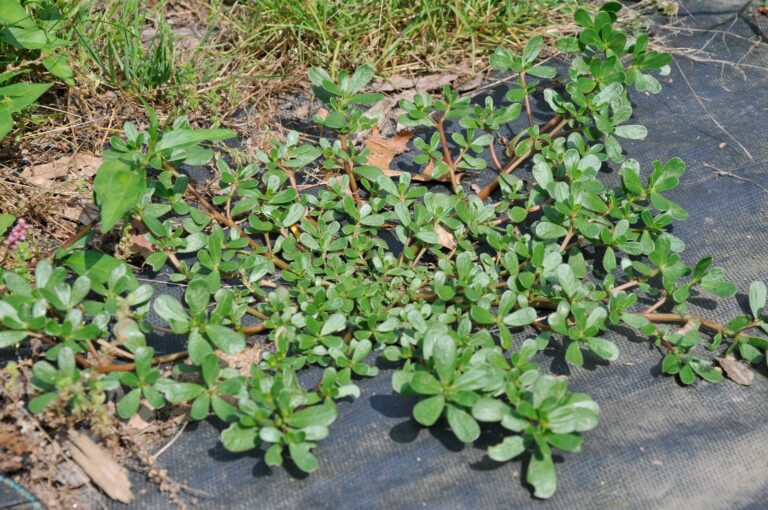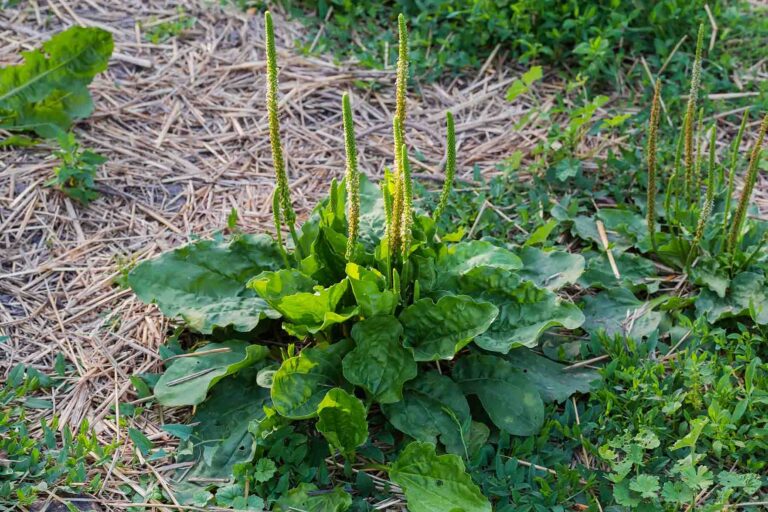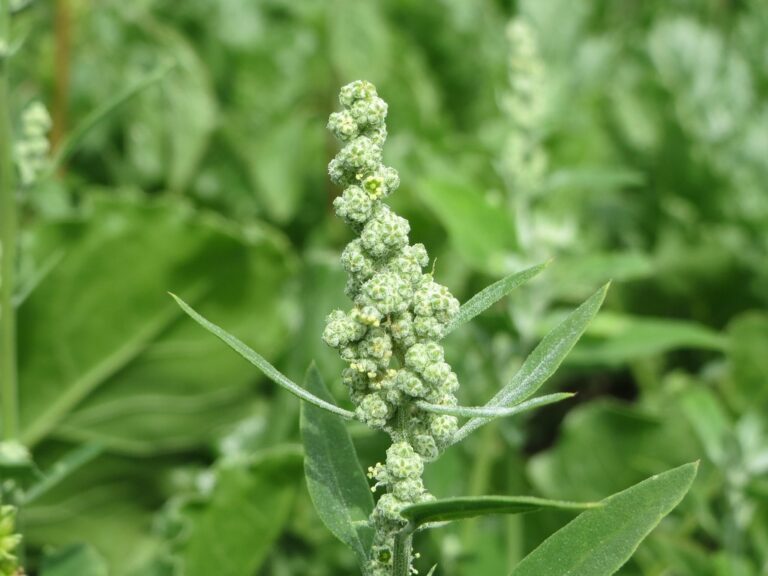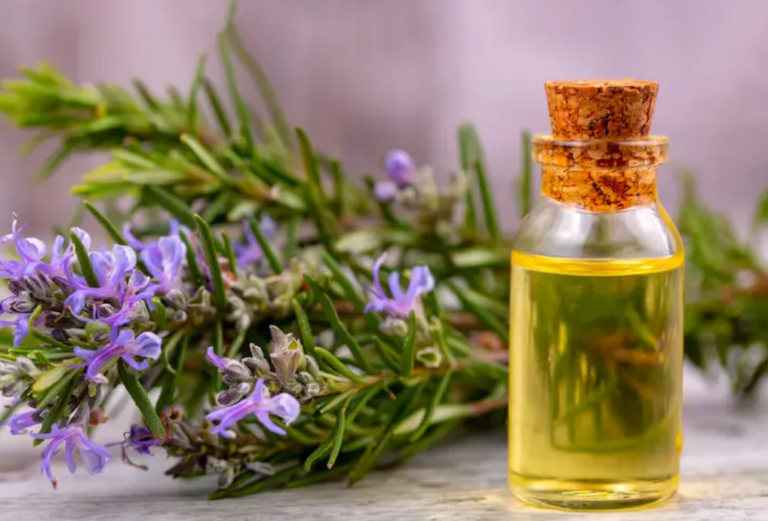I recently discovered that aspirin, the same pill we take for headaches, can work wonders in the vegetable garden. By introducing aspirin to my plants, I noticed improved growth, stronger immunity, and even higher yields. Here’s how you can use aspirin to boost your garden’s health:
1. Enhancing Seed Germination
Soaking seeds in an aspirin solution before planting can lead to faster and more robust sprouting.
-
How to Use: Dissolve one aspirin tablet in a liter of water and soak the seeds for about 12 hours before planting.
2. Strengthening Plant Immunity
Applying an aspirin solution to plants can bolster their natural defenses against diseases and pests.
-
How to Use: Mix four aspirin tablets in four liters of water and spray the solution on the plants every two to three weeks.
3. Promoting Root Development in Cuttings
Aspirin can stimulate root growth in plant cuttings, leading to healthier new plants.
-
How to Use: Dissolve one aspirin tablet in a liter of distilled water and soak the cuttings for one to two hours before planting.
4. Boosting Overall Growth and Yield
Regular aspirin treatments can result in taller plants with more foliage and increased fruit or vegetable production.
-
How to Use: Use the foliar spray method (four tablets in four liters of water) every few weeks throughout the growing season.
5. Soil Amendment for Continuous Benefits
Placing aspirin directly into the soil can provide ongoing advantages for plant health.
-
How to Use: Insert one aspirin tablet into the soil near the base of each plant and water thoroughly to help it dissolve.

